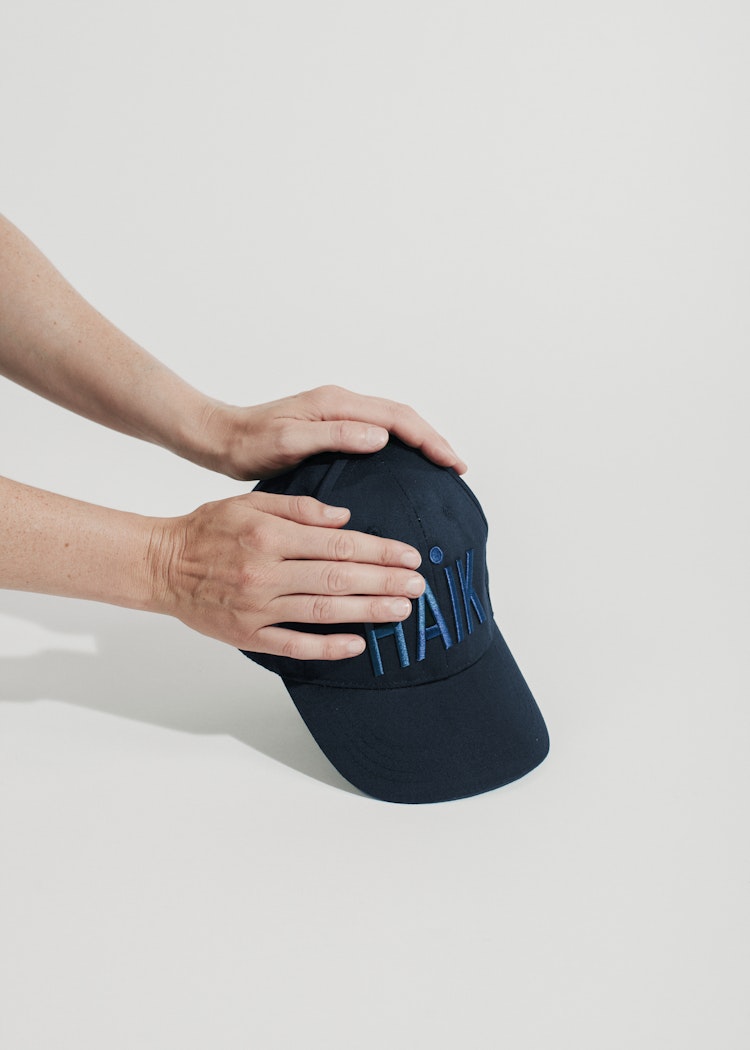

Geir Haraldseth
Arylne Moi
HAiK is a design collective created by the fashion designers Ida Falck Øien, Harald Lunde Helgesen and Siv Støldal. Their clothing collections relate to the world of fashion, but they have also gained a foothold in the artworld on account of their conceptual approach, anthropological methods, interdisciplinary collaboration, and focus on crafting traditions. Geir Haraldseth has talked with Ida Falck Øien about HAiK’s development and what lies ahead.
HAiK recently ended a residency at Bergen Kunsthall and participated in the exhibition At First Glance This Division Would Appear to Be More Rational, at the Galleri Format Oslo (22 January – 1 March 2015). Manufacturers such as Aurlandsskoen, Kaibosh, Lillunn, the craft artist Franz Schmidt, the anthropologist Charlotte Bik Bandlien and the artists Anders Smebye, Marianne Hurum, Anna Daniell and Ruben Steinum are some of the many partners who have helped in developing HAiK’s concepts, methods, materials, production processes, distribution, and modes of presentation.
Siv and Harald already have their own clothing brands, so why did you three start collaborating?
‘We came together when Siv invited us to work with her in 2011. After many years of having her own label, she wanted to work with others. This coincided with her leaving London and moving back to Tyssøy, close to Bergen. Siv began seeing Norway’s potential as a production site, also as the base for an internationally-oriented fashion concept. Harald was starting a career in London, while I was in Los Angeles working for the clothing designer Jeremy Scott. I was also working on my own projects, which combined clothing and installation art. Harald and I have both been Siv’s assistants, so it was through that channel that we discovered we shared a fascination for, and way of thinking about, clothing, and that we were interested in working together.’
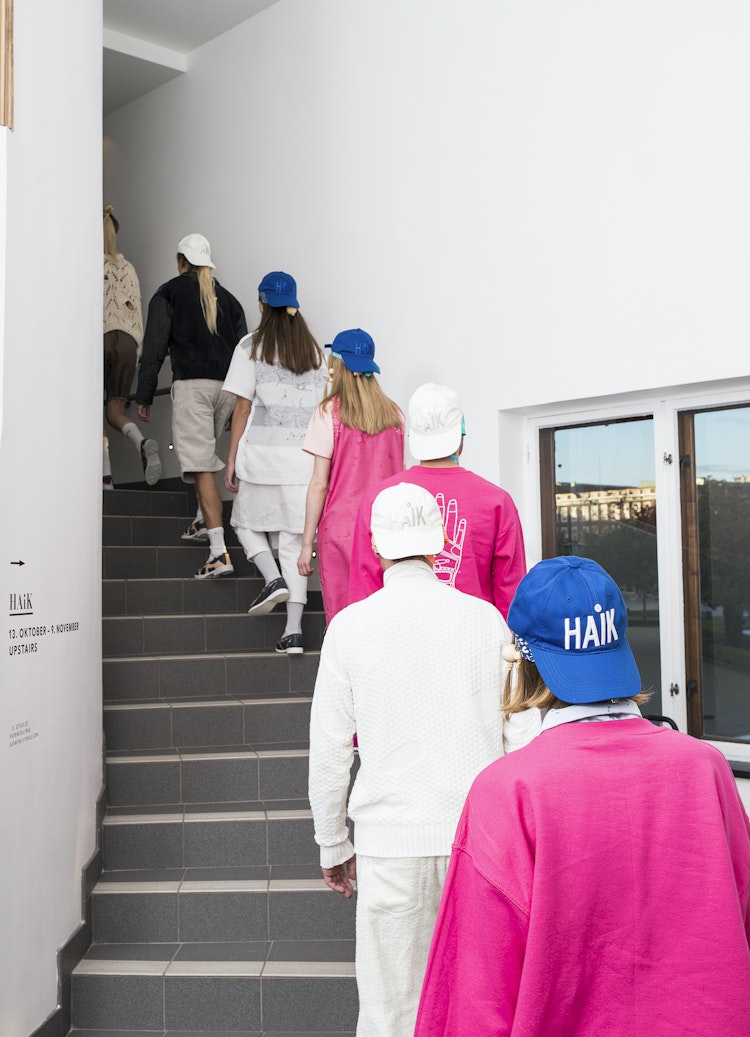
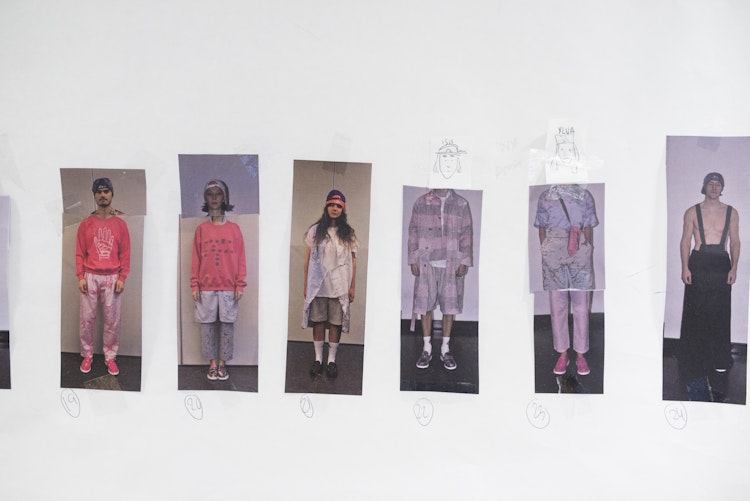
Your first project, ‘Dressed for Success’, was shown during Paris Fashion Week in 2011. The collection focused on the theme of ‘clothing, aspirations and roles’. You integrated video into your showcase and presented the collection in a way that differed from other designers’ presentations. This made me, as a curator, very interested in what you were working with. Since then, HAiK has gained footholds in both the art world and the design world. So is one of HAiK’s subsidiary goals met?
‘Yes, but it wasn’t a goal set in stone, but it’s important to us that our work transcends fixed categories. Clothing is something everyone relates to, so it provides us with a boundless field for exploration. There is no limit to what this kind of research can lead to. I think the fashion context can benefit from being challenged a bit. And we find ourselves in good company, what with other genre-challenging constellations such as Eckhaus Latta and Anna-Sophie Berger.’
Starting with HAiK’s first collection, which dealt with aspirational clothing, you moved on to projects dealing with how people care for and repair, or relate to their own history through garments. This showed a continuing interest in clothing as social phenomena. You showed this type of project at Rogaland Contemporary Art Centre and then developed it into a separate collection. From where does this interest come, and which methods have you used?
‘It’s always interesting to question the status quo. When it comes to clothing, there are many rules, both written and unwritten, that we found interesting and wanted to examine more closely. Siv was an early role-model for this type of approach to clothing. It can have a theoretical side, but it also has a very interactive, performative side. It’s about trying to understand something we might take for granted, and the things we take for granted can sometimes be a bit absurd. That said, there are – in addition to absurd norms – also poetic, beautiful, painful, humorous, uncouth and irritating aspects of dress codes that propel our practice.’
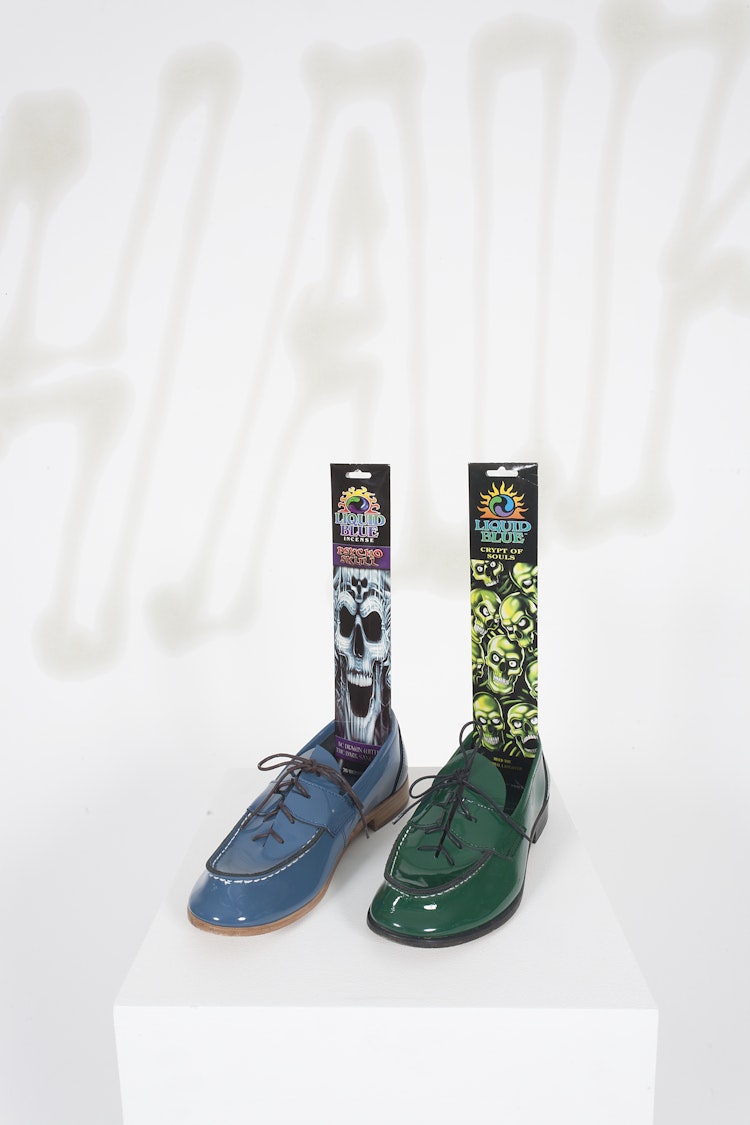
‘It’s about trying to understand something we might take for granted, and the things we take for granted can sometimes be a bit absurd.’
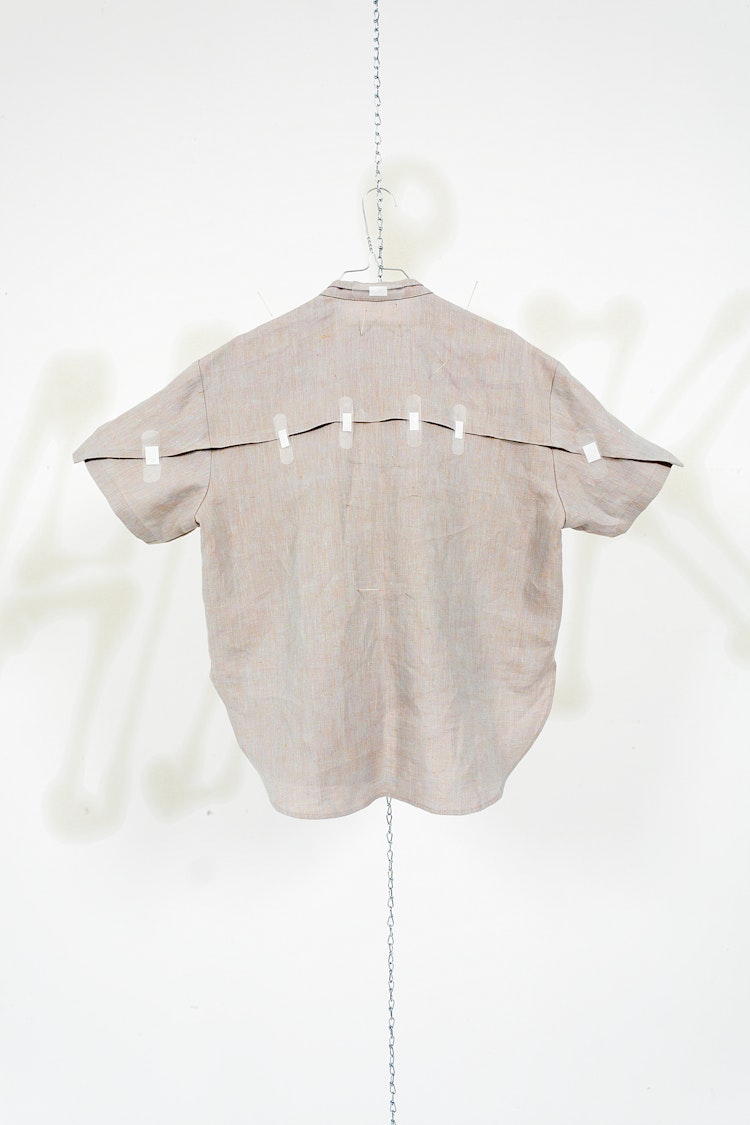
Collaboration is a key word for describing HAiK. How has the collaboration developed since you started working together?
‘We have a flat structure. And that’s challenging for creativity, but it’s also exciting. It creates fertile ground for chaos, and from the chaos, new life emerges. We take turns being the driving force, holding back and choosing directions. Creativity and what you could call editing are always challenging, especially when several people work together. Not to have one clear leader isn’t the easiest way of doing projects. And it’s not just because the three of us have our own individual visions; we also invite others to make contributions, express opinions and challenge us. We think the answer is that this way of working generates more energy than it depletes. That’s why we continue working with a flat structure. In addition, the three of us have individual areas of responsibility that we swap from time to time – for instance bookkeeping, making factory visits, contacting other collaborative partners, which also change from time to time. We try to use our individual strengths as designers and project coordinators, yet simultaneously make room for becoming better at the things we’re not good at.’
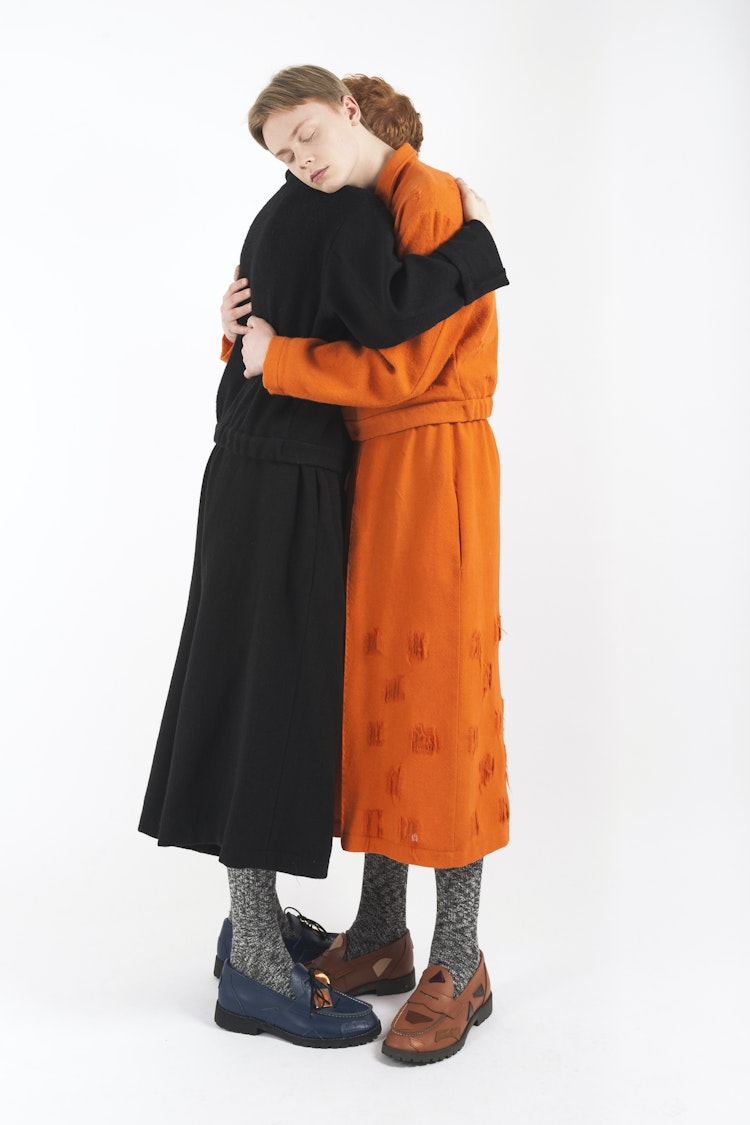
Have any of your other collaborative partners become part of HAiK’s brand, or do you still consider yourselves as a trio?
‘Up till now we’ve felt closely linked to all our collaborators. And what’s nice about our structure, at least as far as we experience it, is that our collaborative partners all feel a sense of ownership about the products with the brand-name HAiK W/. There’s nothing new about a clothing brand collaborating with other designers; the fashion world runs on collaboration, even though ultimately there might be only one name on a garment. But what’s special about HAiK is the way the flat structure influences the feeling of ownership. I think this structure represents a challenge that grows parallel to the brand-name product, but that it becomes all the more interesting as the brand grows.’
HAiK initially focused on collections, catwalks, trade fairs, sales and distribution, all of which related to the world of fashion. But with the project ‘Heal It’, which created a link between the repair of clothing and a more mental idea of repair, you built on a theme or a method rather than the given conditions for fashion. How did this develop?
‘Our approach to different themes has been somewhat similar. Our method, for example, always involves doing interviews with people in our respective local communities, or with people in our interest groups. It’s definitely easier to start something new than to sustain something over time. This has influenced one aspect of how we started to work together. We don’t have to work in one specific place; each of us can continue to change, all according to the “currents” that carry us along. We’ve developed a more relaxed attitude towards fashion weeks and the formal demands that such events entail. Over time they can be experienced as quite rigid. For HAiK W/, we started by adapting ourselves to fashion weeks and the whole sales apparatus as much as we were able, but we eventually found our own direction.’
Photo: Thomas Ekström.
Your exhibition at Format is yet another example of how you approach the boundaries between visual art, craft, functional art and design. How do you relate to these boundaries?
‘Victoria Günzler, who curated At First Glance […] invited us to participate because we work at the boundaries of these categories. It’s simultaneously confusing and fascinating to transgress boundaries and to work outside fixed categories. We see our contribution to the exhibition as part of a presentational form that extends over time. The garments and parts of garments in the exhibition are conceived as interactive. People can try them on. The idea for this originated during our residency at Bergen Kunsthall. The title of that project was Total. In Bergen we showed a lot of things; now we are showing some more pieces from that collection, in addition to completely new contributions, for instance pieces of garments and printed materials that reflect our process. We’ll show more of the project in another context later on. But we don’t know yet just how that will be. We like to keep the process open and let people see what’s happening along the way. We relate to the boundaries between genres such as visual art and craft by valuing these boundaries. We like conversations that cut across imaginary divisions. When we work, for instance, with professional shoemakers, we of course ask ignorant questions that lead to innovations that we think are absolutely fantastic! A completely new idea for a shoe, for example! The encounter between categories is important in our practice. But we don’t want to erase the distinctions between professional practices, even though it might seem like that sometimes. We don’t want to flatten the distinctions between professions and specific crafts, even though it might appear that we deal with several genres in a playful manner.’
The way forward for HAiK: Will you continue with one foot in the fashion world and one in the art world, or are you on the verge of choosing sides?
‘There are systems in both camps, such that if we chose one side, it would be easier to gain acceptance. But we can’t force that to happen. Time will tell. Since we like hitch-hiking [å haike in Norwegian], it’s a matter of the mode of transportation, metaphorically speaking, that picks us up and takes us further.’


